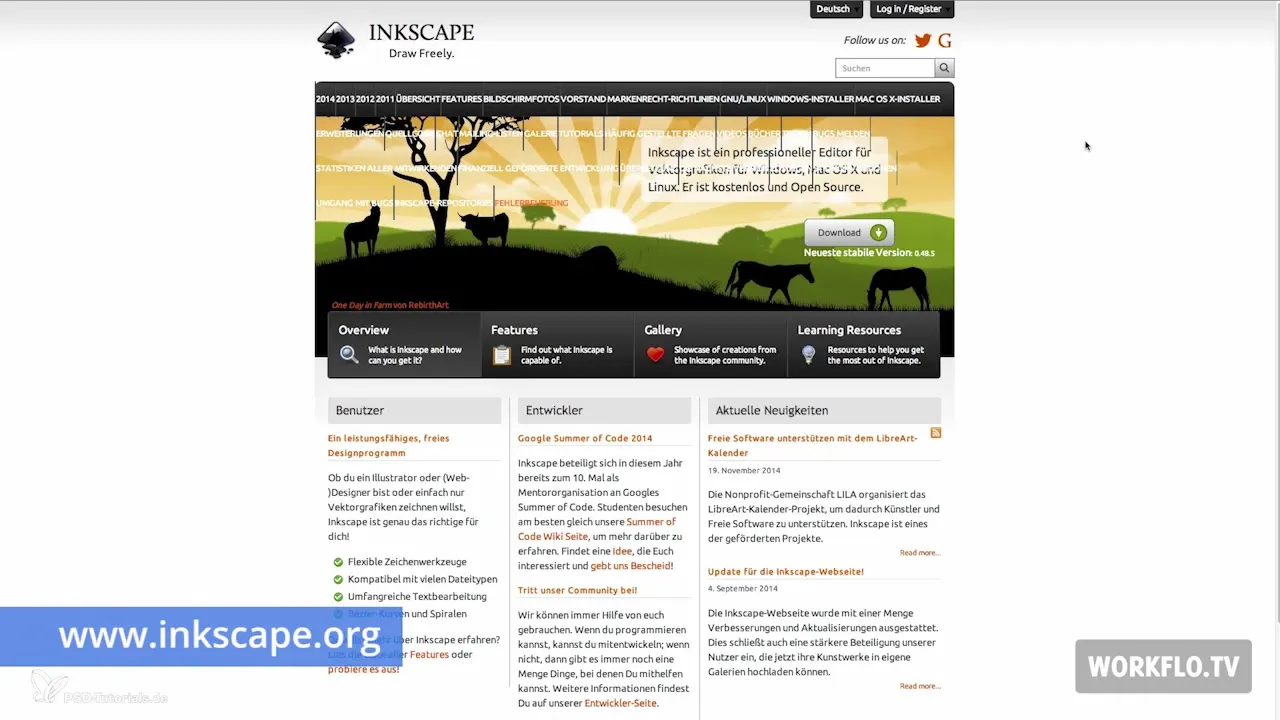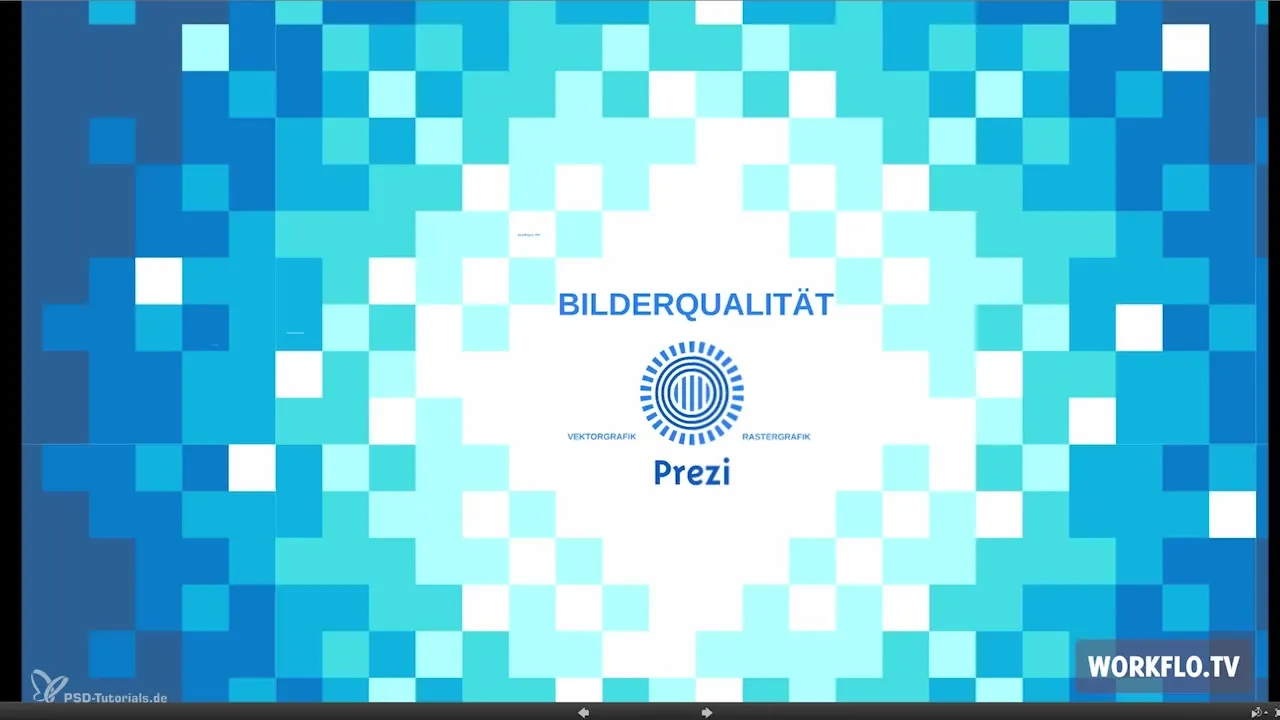The use of high-quality images is crucial for engaging presentations in Prezi. To fully leverage your visual content, it is essential to understand the differences between raster and vector graphics. In this guide, you will learn about the types of graphics that exist and how they can impact the quality of your presentations.
Key Insights
- Raster graphics (e.g., JPEG, GIF, PNG) consist of pixels and lose quality when enlarged.
- Vector graphics, on the other hand, are based on mathematical formulas and can be scaled without loss of quality.
- Prezi supports both raster and vector file formats, with the latter often preferred in many cases.
- Programs like Adobe Illustrator and Inkscape provide options for creating and editing vector graphics.
Step-by-Step Guide
1. Understand the difference between raster and vector graphics
Raster graphics are image formats like JPEG, GIF, or PNG, where each pixel has a specific color value. When you enlarge a raster image, it gets pixelated, making the image blurry. Think about how you want to use your images: Will you zoom in on them or only use them in a smaller format? Also, pay attention to the resolution of your images.
2. Pay attention to the recommended image size in Prezi
Prezi supports images with a maximum resolution of 2880 x 2880 pixels. This means you should upload your images in sufficient quality to avoid distortions or blurriness. The higher the resolution, the better the quality of the presentation.
3. Discover the benefits of vector graphics
Unlike raster graphics, vector graphics store information in the form of mathematical formulas, allowing for lossless scaling. You can enlarge a vector graphic by up to ten times, and it will remain sharp. Prezi supports vector file formats like PDF and Flash (SWF), which are typically smaller than comparable PDF files.
4. Choosing the right graphic formats
Raster formats are great for photos and images, while vector graphics are ideal for logos and illustrations. Commonly used file formats for vector graphics include Adobe Illustrator (.ai) and EPS. You can also create vector graphics yourself with programs like Adobe Flash or Adobe Illustrator.
5. Get the most out of your graphic software
If you create many presentations and have a high demand for graphics, you should consider Adobe software. It is the industry standard for creative outputs. For about 60 euros per month, you get access to programs like Photoshop, Illustrator, Flash, and many others.
6. Free alternatives to Adobe software
There are also free alternatives for creating vector graphics. One popular option is Inkscape, which you can download from the website inkscape.org. After downloading, you can start creating vector graphics in just a few minutes.

7. Editing raster graphics with GIMP
For editing photos and images, GIMP is a powerful image editing program that you can find at gimp.org. The software offers many useful tools for image editing and is available for free.

8. Use vector graphics for logos and illustrations
Using vector graphics is particularly beneficial when incorporating logos or illustrations in your presentations. Ensure that logos you receive as JPEG files are also available in vector format, such as PDF or SWF files.

Summary – Prezi for Beginners: Focusing on Pixel and Vector Graphics
You have now learned about the fundamental differences between raster and vector graphics and understand how crucial it is to choose the right format for the quality of your presentations in Prezi. Use the tips for choosing and editing your graphics to create visually appealing and high-quality presentations.
Frequently Asked Questions
What are raster graphics?Raster graphics are image formats that consist of pixels and lose quality when enlarged.
What are vector graphics?Vector graphics are based on mathematical formulas and can be scaled losslessly without losing quality.
Which programs are ideal for creating vector graphics?Adobe Illustrator and Inkscape are excellent programs for creating and editing vector graphics.
Are vector graphics better suited for logos?Yes, vector graphics are ideal for logos and illustrations, as they can be enlarged without loss of quality.
Where can I find free alternatives to Adobe software?A good option is Inkscape, which is available for download at inkscape.org.


